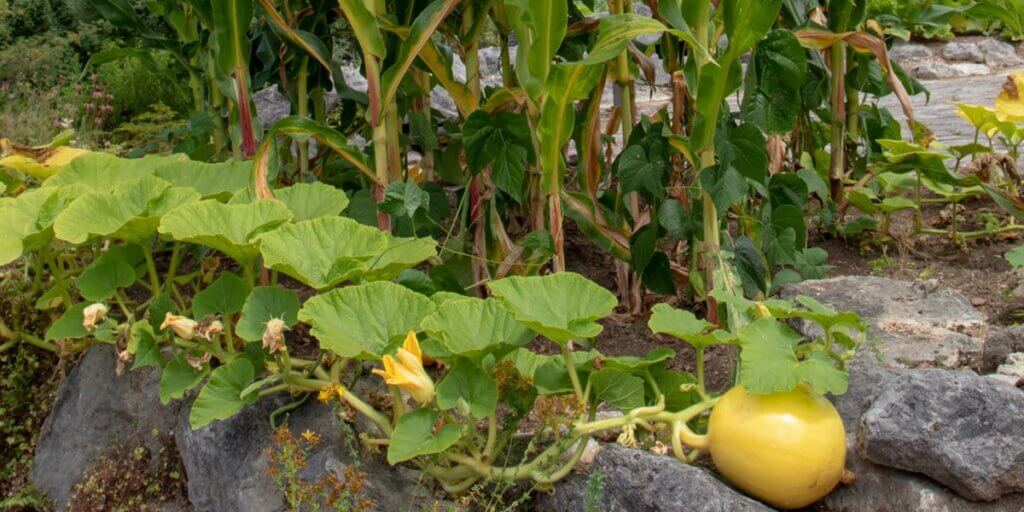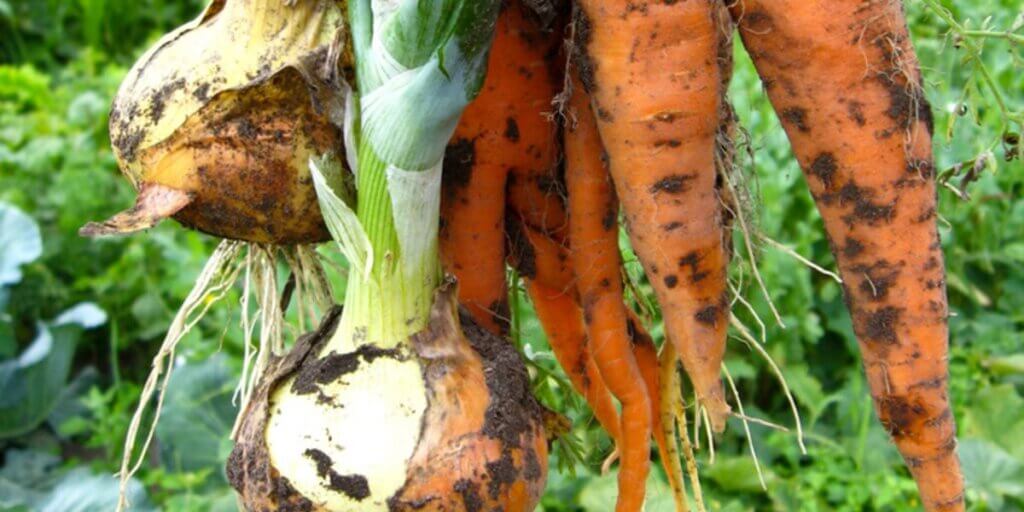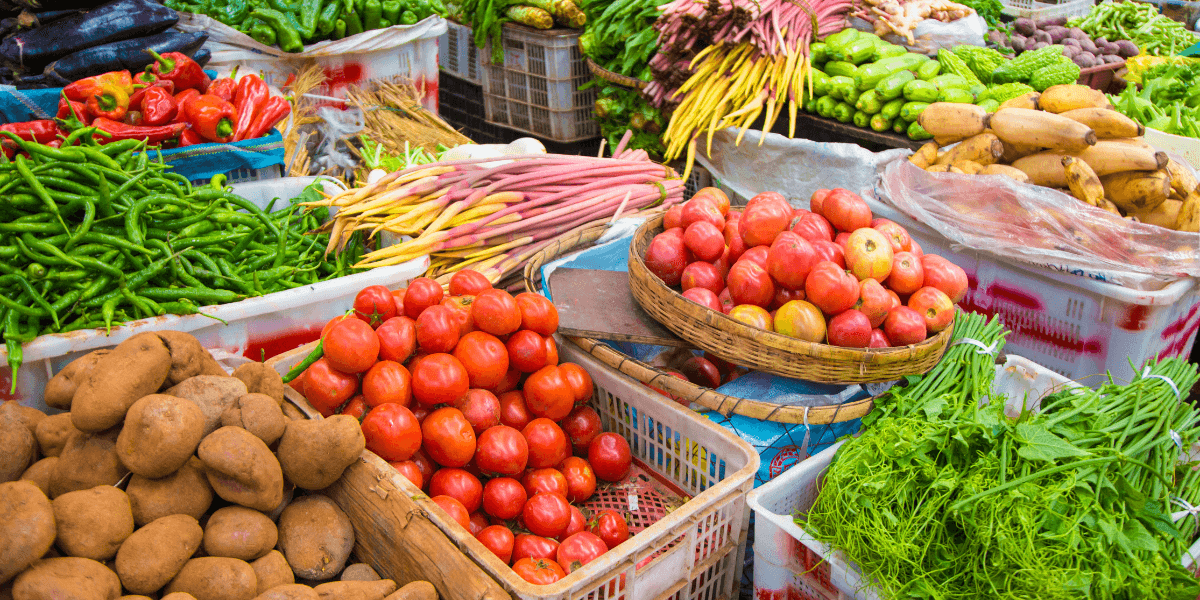SUSTAINABLE GARDENING
A beginner’s guide to companion planting
Everyone wants a thriving, bountiful veggie garden – but the realities of extreme temperatures, pest infestations, and meagre harvests can mean our dreams might not match reality. Companion planting is one way you can ‘work smarter not harder’ in the yard this year and reach your gardening goals!
What is companion planting?
Simply put, companion planting is the practice of growing different plant species in close proximity to realise their respective benefits. These benefits could be pest deterrence, attracting pollinators and other beneficial wildlife, increasing soil nutrients, inhibiting disease, and increasing biodiversity.
Companion planting is commonly understood to have originated over 10,000 years ago when Native Americans discovered the benefits of growing corn, beans, and squash together. Corn stalks provided a natural trellis for the beans, the beans fixed nitrogen into the soil, and the squash vines provided a weed-inhibiting ground cover as well as shade for the soil, which helped to keep moisture in. These three plants growing together are referred to as ‘The Three Sisters’ because they support one another like family.

It’s a trap
Not all companion planting is based on mutual benefit. Sometimes, a gardener wanting to protect a particular plant will grow a companion plant as a ‘trap plant’ – a decoy sacrificial lamb – such as growing marigolds to lure pests away from leafy greens and other veggies. The marigolds may suffer a little, but the target plants are protected and allowed to thrive.

How scientific is companion planting?
Anecdotal evidence abounds in terms of what plant pairings have positive effects (a brief internet search will yield almost endless possibilities!), yet hard, scientific proof is scant. This may be due to companion planting being a tool of the small-scale gardener rather than the commercial farmer – but hopefully this will change as we learn more about its benefits. Context is also key – what works in the northern hemisphere may not work in Australia, due to variations in climate, pests, soil and other factors.
So, to distill things down, here are some companion plant pairings that get the nod from seasoned Aussie gardeners and whose benefits have a little science to back them up. Chances are you are already growing some of these plants at home!

Friends with benefits
| Plant | Companion plants | Why? |
| Brassicas (Broccoli, kale, cauliflower etc.) | Thyme, dill, sage, chamomile, nasturtiums, zinnias | Fragrant herbs and nasturtiums help to deter pests and disguise their companions, dill attracts beneficial wildlife, and zinnias attract ladybirds which are tiny heroes in our gardens (did you know that the common spotted ladybird can consume 5,000 aphids in their lifetime?). |
| Lettuce | Beans | Just like in the traditional Three Sisters relationship, bean plants pull nitrogen from the air and fix it into the soil, which in turn helps the nitrogen-hungry lettuce to grow beautiful big leaves. They also provide valuable shade. |
| Carrots and onions | Onions and carrots! | These two veggies are a great example of true companions – onions (including leeks and spring onions) may repel the carrot fly, and carrots may help repel onion flies and thrips. |

Companion planting can help you to grow healthy, strong fruits, vegetables and herbs this year, but ultimately the golden rule for successful gardening is diversity diversity diversity! Research shows that simply growing a variety of edible or non-edible plant species (especially flowering ones!) in a given space (even if not technically companion plants) can boost harvests and decrease pest numbers. Diverse gardens also look beautiful!
Autumn is a great time for planting a wide range of vegetables, herbs, and flowers – so when you’re in your garden this season, why not give companion planting a go and let new friendships bloom!
The author

Meaghan Webster
Meaghan works at Brisbane Sustainability Agency on projects that empower people with the knowledge and skills to make impactful changes in their lives for themselves, their communities, and the planet! In her spare time she can be found reading, cooking, or chasing her toddler around the garden trying to stop him eating all the tomatoes.








